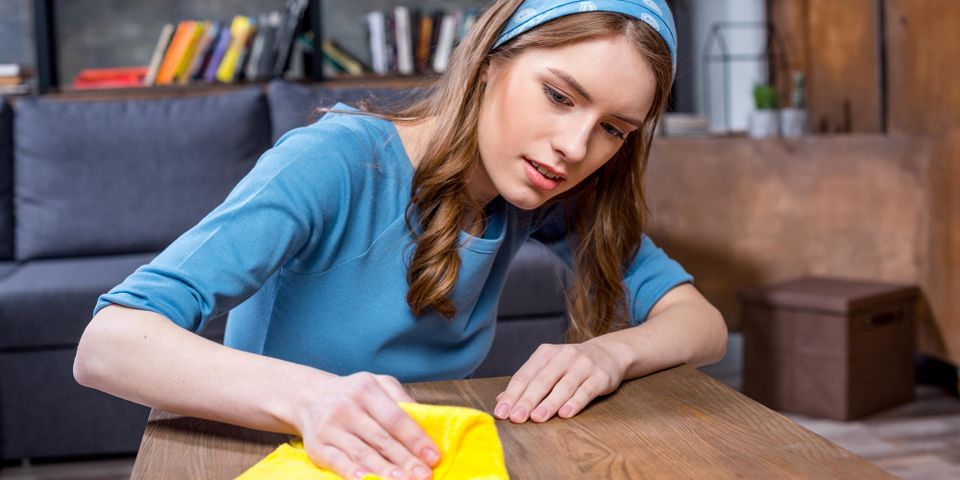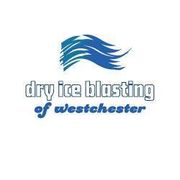
From causing structural damage to endangering your health, mold growth is a problem that you shouldn’t wait to resolve. While there are many different ways to clear up the issues, not all methods work for every situation. If you want to keep your home healthy and clean, here are three different mold removal strategies and how well they might help with surface restoration projects.
Comparing Popular Mold Removal Techniques
1. Bleach
Bleach solution can kill mold spores and prevent growth from returning. When using this technique, combine one part chlorine bleach with ten parts water. Apply the solution to the mold with a cloth or brush. Wipe the area clean.
Although bleach is favored for its ability to kill all types of mold, it does come with many drawbacks. For instance, it cannot effectively remove fungal growth from porous materials such as wood. As such, it will only work on non-porous materials such as countertops and tile. Bleach is also not environmentally friendly, and it can be toxic or irritating if you come in contact with it. As a corrosive substance, it can damage materials and jeopardize the quality of surface restoration.
2. Baking Soda & Vinegar
 If you’re looking for a quick do-it-yourself solution, mix one part vinegar with one part baking soda to create a mold cleanser. Apply the cleanser to the surface and scrub it with a brush. Rinse the spot and repeat the process to kill any lingering mold.
If you’re looking for a quick do-it-yourself solution, mix one part vinegar with one part baking soda to create a mold cleanser. Apply the cleanser to the surface and scrub it with a brush. Rinse the spot and repeat the process to kill any lingering mold.
Many prefer this method because it requires few items and is a non-toxic, natural solution. However, scrubbing indoor mold away can be difficult—and ineffective—if the growth area is large or on a porous surface. Some may also not enjoy the sour smell of vinegar and the stubborn white spots that baking soda can leave behind.
3. Dry Ice Blasting
When you’re looking for a simple, quick, and non-toxic mold cleaning solution, dry ice blasting is one of the best methods of mold removal available. With this technique, a professional uses a special device to spray pellets of carbon dioxide or dry ice against a surface. As the pellets vaporize, they lift contaminating substances off to effectively cleanse the area.
Compared to other surface restoration techniques, dry ice blasting produces no secondary waste and no toxic byproducts. In addition to being environmentally safe, it can work on nearly every type of material, including porous substances, without causing damage to the original surface.
If you need comprehensive mold removal, turn to Dry Ice Blasting of Westchester for quality results. Using advanced tools, these specialists in Westchester, NY, can take on jobs of any size without causing damage or producing secondary waste. Beyond mold remediation, this team offers many other surface restoration services—including paint removal and industrial equipment cleaning. To learn more about these capabilities, visit this commercial cleaning and restoration service online. If you’d like to request a quote or schedule service, call them at (914) 216-1998.
About the Business
Have a question? Ask the experts!
Send your question

